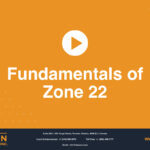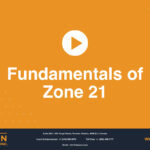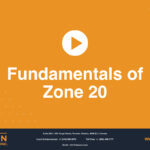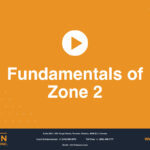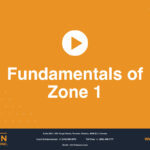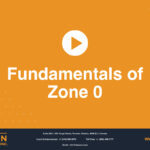Increased Safety (Ex e)
Increased Safety, known as Ex e, is one of the protection techniques used for electrical equipment to prevent explosions in hazardous locations. This protection concept may only be used in hazardous locations that are Zone 1 and Zone 2
In this presentation we will discuss:
- The fundamental principles of the increased safety protection technique
- The technical safety Standards with which equipment using this protection technique must comply
- The two equipment protection levels, known as EPL, for increased safety
- Some design considerations for products using the increased safety concept
- Examples of specific products that cannot use this technique
The increased safety protection technique involves designing electrical devices so that:
- Arcs, sparks, and hot surfaces are avoided
- The electrical components are enclosed in an IP54 rated enclosure. The enclosure can be made of plastic or metal but needs to be able to maintain the IP54 rating at the minimum. Keep in mind that if a flammable gas/air mixture is ignited inside an Ex e enclosure, the enclosure is not designed to withstand the explosion.
- Creepage and clearance between the bare conductive parts must meet the requirements of the Standards.
To use the increased safety protection technique, equipment must comply with the IEC 60079-7 Standard. There are two Ex markings and protection levels in the Standard: Ex eb and Ex ec.
Equipment marked Ex eb may be installed in Zone 1. As per the scope of Standard IEC 60079-7, only electrical equipment with a maximum electrical rating not exceeding 11KV may use this Level of Protection (“eb”). Electrical devices that must definitely not be installed inside an Ex eb enclosure for use in Zone 1 include fuses and fuses terminals, electronic circuitry, switches, relays, circuit breakers, PLCs, and uncertified terminal blocks.
Equipment marked Ex ec may only be installed in a Zone 2 gas explosive environment. Given that an Ex e enclosure is not designed to withstand an enclosure, it is critical that there be no sources of ignition present in an Ex ec enclosure. Only electrical equipment with a maximum electrical rating not exceeding 15KV is permitted for the level of protection “ec”. Electrical devices that must definitely not be installed inside an Ex ec enclosure for use in Zone 2 include relays, switches, circuit breakers, or any type of make/break components. Furthermore, the internal electronic circuit must be evaluated properly to ensure that there can be no arcs or sparks under normal operating conditions and their surface temperature rise is below the T-Code assigned to the equipment.
Certain products may also use the Increased Safety technique if they comply with the Standards and are designed, based on Increased Safety principles. Examples of such devices are non-sparking electrical rotating machines, luminaires, hand lights, cap lights, analog measuring instruments, transformers, and resistance heating equipment. All such equipment must comply with the safety requirements of the standard.
In summary, the Increased Safety protection technique relies on the fact that no arcs, sparks, or hot surfaces can be present under normal conditions for Ex ec and under fault conditions for Ex eb. There must be an enclosure, which must be able to provide IP54 protection for internal components. Products must comply with IEC 60079-7 in order to use the Increased Safety protection technique for Zone 1 and 2.
We hope you enjoyed this presentation. Please ask the Hazcon team if you have any questions about the Increased Safety protection technique and how to design your product for Ex eb or Ex ec markings.
Request a Consultation
Complete the form below to get started.

